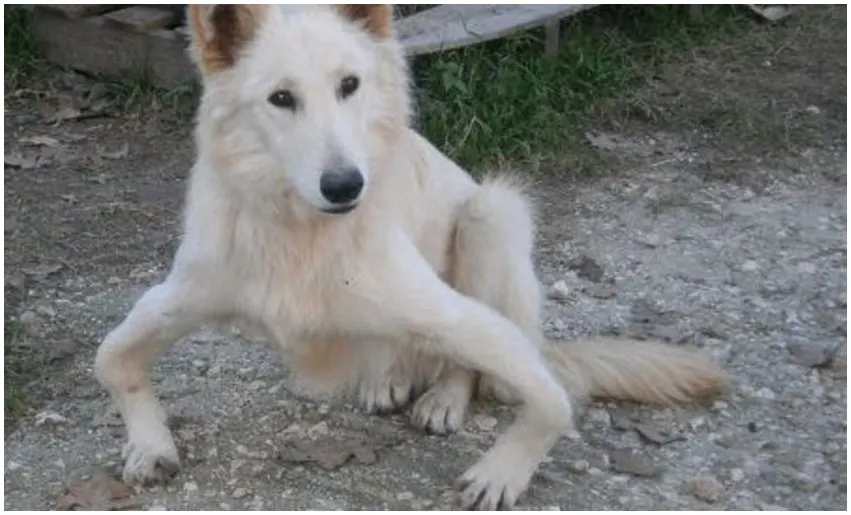Have you ever walked your dog through a dog park and noticed another dog that is bow legged? That medical condition is actually fairly common in dog breeds such as French bulldogs, Corgis, and Dachshunds. If diagnosed early, this condition is fully curable.
However, if you were ever lucky enough to lay your eyes on a bow legged dog, you are providing aware that even with this condition dogs are able to live a fairly normal life. And they don’t look any less cute because of their curved legs.
There are certain things that every dog owner should know about bow legs, and here are the most important ones.
What are bowed legs?
Bowed legs are a deformities that cause the legs to appear curved or bowed instead of straight. It mostly affects puppies, however, it can be seen in some adult dogs too.
They can present in different ways. In the front legs, one limb can grow faster than the other compromising its shape. Other times, inverted growth of the leg bones leads to bow legs as well.
In most cases, however, bow legged dogs have curved front legs. But you can also find dogs with bowed back legs as well.
What can cause your dog to be bow legged?
There are different things that could lead to this condition. The most common ones are:
Fast Growth
Dogs are meant to grow gradually so that they have enough time for their cartilage to develop. If the process is hurried, the extra pressure may cause deformities. That can be especially true for heavier dog breeds.
The cartilage and protein of the bone are framed at the growth plate. The growth plate is a very soft area that can easily be deformed due to pressure.
If the pressure limit is exceeded, it can result in your dog being bow legged.
Nutrition Deficiencies
Bones rely on vitamins and minerals to develop. These vitamins and minerals include Vitamin D, C, Calcium and Phosphorus.
If growing puppies don’t get enough of these supplements, he’s teeth and bones may start to develop abnormally.
A dog’s diet needs to be healthy and balanced so that he gets all of the essentials he needs for an optimal body function. If the quantities aren’t sufficient, soft bones and other complications are inevitable.
Genetics
In some rare occasions, bowed legs can also be hereditary. If both or even only one of your dog’s parents has bowed legs, watch his legs closely too.
These genes can be passed down from one generation to another generation.
Symptoms
The symptoms start quite early, only at 5 to 12 weeks of age. That is the time when most dogs go through their first growth stage.
The symptoms can appear all of the sudden. Your pup may be okay one day, just for you to notice his legs started to curve the other.
At the beginning, the symptoms aren’t clearly pointing to bowed legs, but at some other conditions as well.
The most common symptoms are:
- Limited movement
- Trouble rising up
- Limping
- Grinding in the joints
- Swelling
- Bowed paws
- Uneven limbs
- Pain when moving
If you notice any of these symptoms, contact your vet immediately.
Is it possible to cure a bow legged dog?
Yes, if diagnosed early.
In most cases, bowed legs appear in puppies. However, some dogs can carry this condition into their adult life.
If you notice any symptoms of bowed legs in your dog, contact your veterinarian right away. With a proper treatment, a recovery is more than possible.
You will also have to make some lifestyle changes to your dog, like changing up his diet.
Only in rare occasions are bowed legs a serious medical condition that could even lead to complete lost of mobility and in the worst cases even to the removal of your dogs limbs.
However, your vet will be the one making the diagnoses and suggesting the best ways for the treatment.
Some of our other health-related articles:
- Can dogs get fevers? Signs your dog has a fever
- Dog Eye Infection Treatment
- Cross Eyed Dog: Why It Happens

